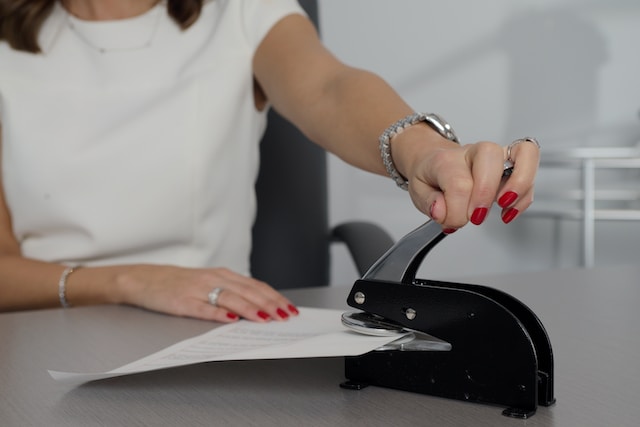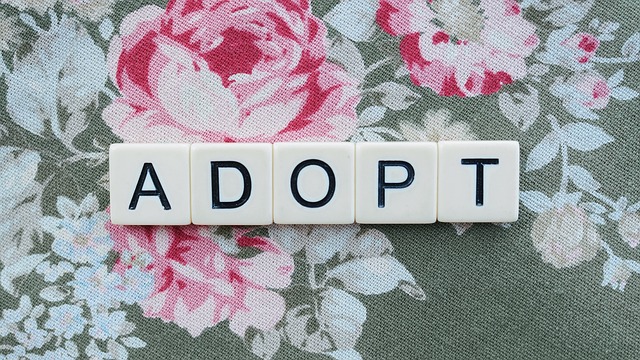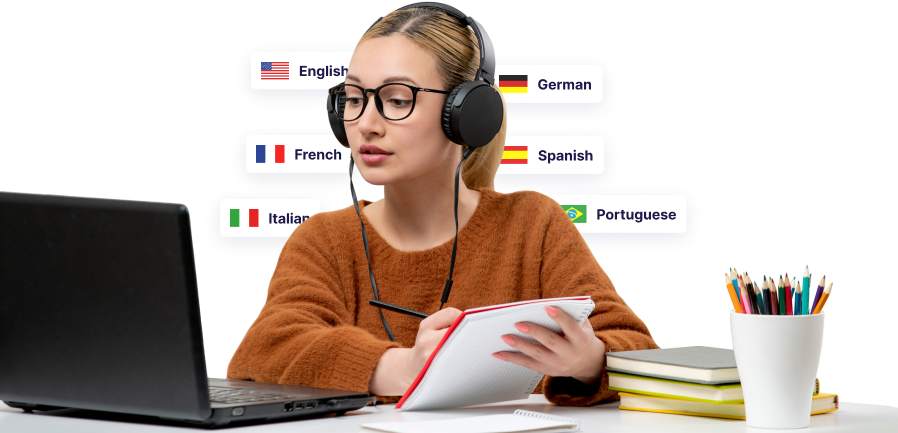Rapid Translate Team
Accurate and reliable translation is essential in today’s world. Whether for medical records, legal documents, business relations, or immigration, the accuracy of translated documents are crucial. One way to ensure that a document is of such quality is by getting a certificate of accuracy translation.
But how do you obtain a certificate of accuracy? What is the main purpose of getting this vital document? This blog post will answer all the questions about getting a certificate of translation accuracy.
Read to the end to get all the information you need!
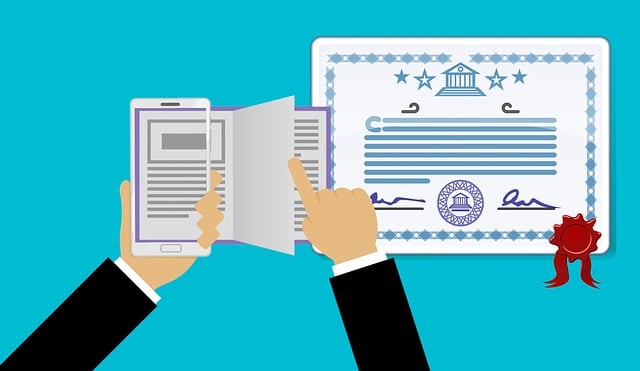
Table of Contents
What Is a Certificate of Accuracy?
A certificate of accuracy is a document that shows that a translation is complete and accurate. It is an official statement that the translator did their best work and translated the document to the best of their knowledge and abilities.
This certificate confirms that the translated copy is a true copy of the original document in another language. It contains the translator’s level of expertise and a statement that they can translate the document. The statement also confirms that the translation is correct.
A certificate of accuracy gives an extra layer of assurance to the person receiving the translated document. These certificates are often important for documents meant for official purposes. This includes legal, medical, or immigration-based documents that need to meet the standard translation requirements.
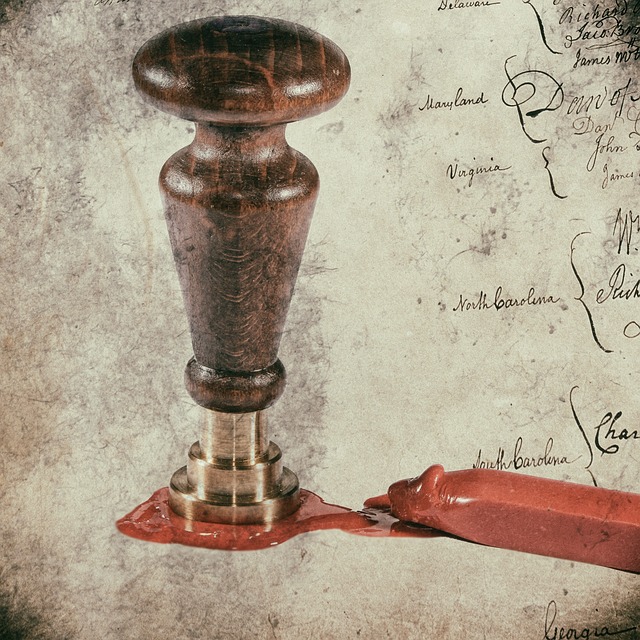
The Importance of a Certificate of Accuracy Translation
The statement of translation accuracy mainly shows that the document is complete and correct. But it has other uses, too. Let’s look at a few of its other purposes:
- Following the rules: Many industries and agencies need certified translations for official documents to be valid in different places. This includes immigration applications, school transcripts, and legal documents like contracts and court records.
- Immigration and visa applications: Immigration authorities often ask for translated supporting documents like birth certificates, diplomas, and marriage certificates for applications. These documents always need a certificate of accuracy to prove the translations are correct.
- Job and school requirements: Educational institutions and employers may need certified translations of a foreign applicant’s school transcripts. The certificate shows these documents meet the needed standards.
- Credibility and trust: The accuracy certificate makes a translation more credible. It gives confidence to other parties that a professional has done the translation. This trust is important in areas like finance, medicine, and law.
- Quality assurance: The certificate shows that the document has passed accuracy checks. This helps avoid mistakes that could cause problems in communication.
Top 4 Places To Get a Translation Certification Statement
Some specific people can provide a certificate of accuracy. We’ve highlighted the four people who can provide it in this section:
- Certified translators: Certified translators usually have credentials from recognized translation bodies. They have gone through training to translate documents for various industries and niches. They also take exams to prove they have the skills to do accurate translations.
- Translation agencies: Many professional translation companies employ certified translators to provide certificates and their translations. They also have a standard system for checking the quality of translations.
- Freelance translators: Some certified translators often work as freelancers to deliver this service.
- Professional associations: Some professional associations for translators may validate a translator’s credentials or provide certification services. For example, members of the International Federation of Translators (FIT) follow certain work guidelines.
7 Steps To Getting a Certificate of Accuracy Translation
Obtaining a certificate of translation accuracy is easier than it sounds. However, you must meet several important criteria to get one. We’ve highlighted the seven steps to getting one for your translated documents. Let’s take a look at them.
1. Select a Qualified Translator
A major key to ensuring the process goes smoothly is the touch of a qualified translator. A professional, certified, or sworn translator can perform the translation. However, the person must be fluent in the source and target languages.
They must also be an expert in the subject area of the document’s content. Some government agencies or countries may require a registered or accredited translator. Hence, you must choose a translator with the right certification from recognized bodies like the American Translators Association (ATA).
You can get a qualified freelance translator near you to complete the translation. Another way is to use an online certified translation service from your comfort zone. You can use a professional translation company like Rapid Translate for easy and affordable translations.
2. Use the Original Document
The accuracy of the translated document doesn’t depend solely on the translator. You must give the translator the original document to ensure the translation is correct. This will allow them to directly change the text and other parts into the translated version.
However, make sure the document’s content is clear and easy to read. This will increase the chances of a better translation quality.
3. Review the Translated Document
Once the translator has finished the translation, review it for errors. Some translation agencies take extra steps to make sure the translation is correct and of a high standard.
This process includes another qualified translator and editor checking the document for mistakes. You may also review the document for errors before they produce the final copy. If you are not good at speaking the target language, you can hire a personal proofreader to help.
4. Receive the Translation Certificate
Once the translation process is complete, the translator or translation agency must draft the certificate of accuracy. They can give it to you as a digital file or a printed copy, depending on your preference. The translation certificate needs to include the following:
- A statement affirming that the translated document is accurate and complete.
- The translator’s name, contact details, signature, and experience level.
- The date of the translation.
- A description or title of the translated document and the language combination.
- The translation company’s official seal (if applicable).
5. Get the Document Notarized (Optional)
Sometimes, you may need to notarize the translation certificate for legal or immigration documents for a government entity. This process verifies documents for official purposes. A notary public is the government official responsible for notarizing translated documents.
This means the translator must sign the certificate of accuracy before a notary public. The purpose is for the official to confirm the translator’s identity and witness their signature.
After this, the notary public will put their official seal or stamp, sign the certificate, and add the date. You can then submit the translated document to agencies and offices.
6. Pay the Necessary Fees
A certificate of accuracy isn’t free, and you may need to pay the required fees to get one. However, the amount may vary depending on how difficult the translation is and how fast you need it.
7. Comply With the Local Laws
Different countries and places may have specific guidelines for certified document translations. Confirming the exact translation requirements for your document and purpose is essential. Make sure to tell the translator or translation company about these before starting the process.

FAQ
Now that we have provided the guide to getting a certificate of translation accuracy, let’s answer some frequently asked questions.
What is a certificate of accuracy for translation?
A certificate of accuracy is a document a translator provides to confirm that a translation is accurate and complete. This certificate usually contains a statement confirming the translation is similar to the original document.
Is a certificate of accuracy translation official by law?
Whether a certificate of accuracy is valid depends on the laws of the country or government entity receiving it. This certificate confirms a translator’s expertise and translation accuracy. However, the local laws in the receiving country may make it an official legal document. It’s best to check the rules in each case.
Do all translations require a Certificate of Accuracy?
No, not all translated documents need a certificate of accuracy. Legal, academic, immigration, and official documents often require a translation certificate.
However, this doesn’t apply to every official process. Always check with the receiving office to understand their demands.
Can I get a certificate of accuracy from a translation tool?
Most translation tools, especially automatic ones, don’t provide a translation certificate. They also provide machine translations that are unsuitable for official purposes. These tools typically provide direct translations based on pre-set instructions.
This increases the chances of incorrect translations that aren’t culturally relevant to the target audience. Hiring a certified translator or professional transaction service to issue the certificate is best.
Get a Certificate of Accuracy From Rapid Translate
Getting a certificate of translation accuracy is essential to ensure acceptance by official agencies. This certificate gives you peace of mind that your document is correct and detailed. It also proves your credibility and protects your reputation at a professional level.
However, working with a professional translation service is essential to ensure quality results. If you need a certificate of accuracy translation, Rapid Translate can deliver the quality you need. Our team of professional translators are experts in translating various documents.
Whether for legal, educational, immigration, or business purposes, we’ve got you covered. Expand your communication with Rapid Translate’s high-quality services.
Order now to enjoy peace of mind from your translated documents!


